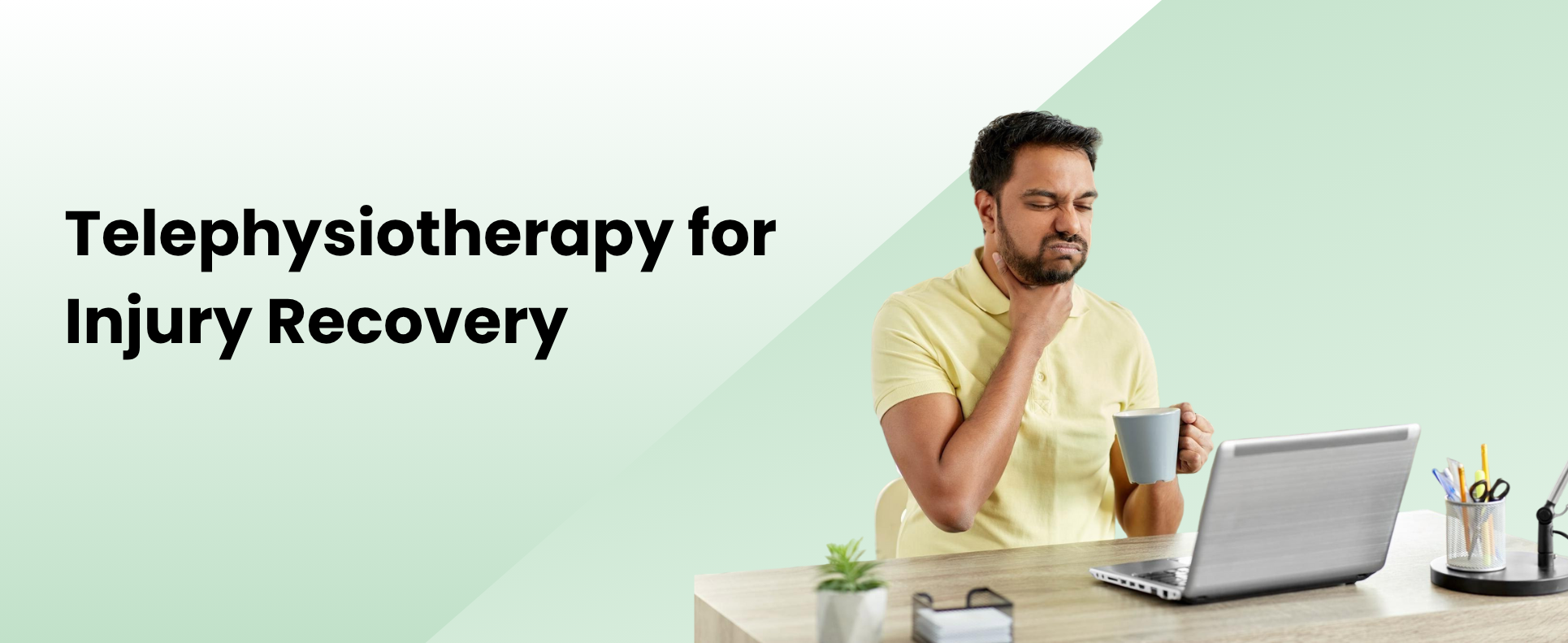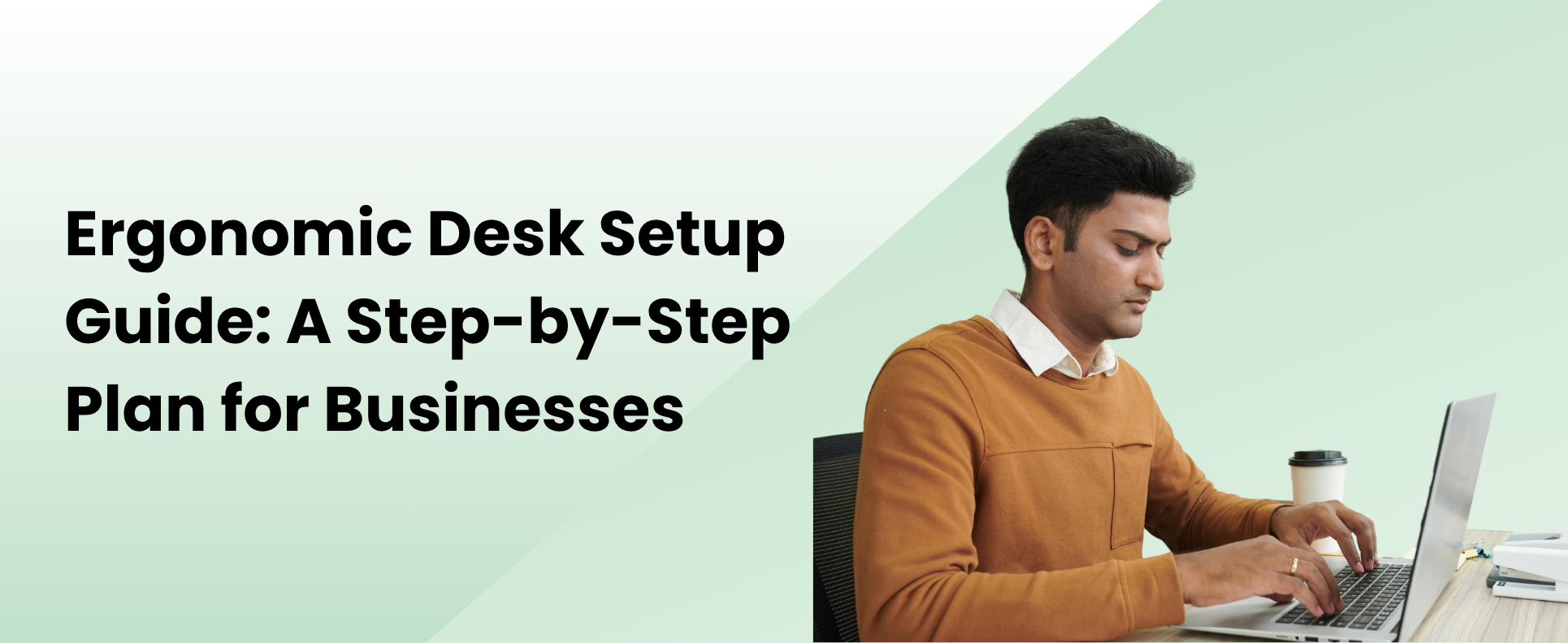26 April, 2025
Office Ergonomics 101: How to Create a Healthier
Workplace for Your Employees

Overview
Why Does Ergonomics Deserve a Seat at the Strategy Table?
Office design is not just about aesthetics or space optimisation—it’s about health. In India’s desk-dominated work culture, musculoskeletal issues, fatigue, and repetitive strain injuries are on the rise. These aren’t isolated health concerns; they’re business concerns.
When done right, office ergonomics helps reduce discomfort, prevent injuries, and enhance employee focus. Whether your team is on-site, hybrid, or fully remote, ergonomic planning can elevate both well-being and performance.
Cost of Neglect
What You Don’t Fix, You Pay For
The long-term consequences of ignoring office ergonomics can be costly. Employees spending 8–10 hours a day at a poorly set-up workstation face a higher risk of chronic neck pain, back problems, wrist injuries, and eye strain.
These health issues lead to:
A 2023 study by Mint revealed that nearly 60% of Indian office professionals report posture-related pain, up from 47% in 2019. Preventive design and ergonomic awareness can help reverse this trend.
Health-Driven Design
Ergonomics Isn’t Just About Comfort—It’s About Capability
Ergonomic interventions lead to:
A workplace that supports movement, posture, and visual comfort supports long-term performance.
Key Adjustments
Simple Fixes That Make a Major Difference
Creating a healthier workplace doesn’t always require a complete office overhaul. Strategic ergonomic changes can start small and still deliver significant results.
Key focus areas include:
These adjustments, when paired with movement-friendly practices, reduce long-term health risks.
Ergonomic Culture
It’s Not Just the Chair—It’s the Mindset
Office ergonomics works best when integrated into daily routines—not treated as a one-time fix. HR and leadership teams must champion awareness and participation.
Practical steps include:
When employees understand the why behind ergonomic habits, they’re likelier to stick with them.
Setup Evaluation
How to Know If Your Workplace Measures Up?
Start with a simple audit to assess whether your office meets ergonomic best practices. Look for areas where employees report pain, fatigue, or discomfort—and where workstations lack adjustability.
Evaluation checklist:
Regular ergonomics reviews ensure continuous improvement, especially as teams and work arrangements evolve.
Final Thoughts
Ergonomics as a Business Foundation, Not a Perk
Office ergonomics isn’t just about ticking a compliance box but building a thriving workforce. In India’s increasingly sedentary work environment, a well-designed workspace reduces injuries, boosts energy, and enhances focus.
Companies that invest in ergonomic practices experience fewer medical claims, lower attrition, and improved daily performance. Whether setting up a new office or updating a hybrid policy, embedding ergonomics into your design and culture is a bright, sustainable move.
Future-Proof Your Workplace with BJM Health
At BJM Health, we help Indian organisations create ergonomic workspaces that actively prevent injuries and support employee well-being. Our physiotherapy-led assessments, posture correction sessions, and workplace wellness plans are tailored to your team’s needs, whether they work at a desk or from home.
Let’s build workplaces where comfort and productivity go hand in hand.
Related Blogs
Seated Isometric Supination Press Relieve wrist and forearm strain with this simple seated isometric exercise. Duration: 2–3 mins Target Audience: Office/IT workers Goal: Wrist and forearm relief [...]
06 June, 2025 How Telehealth Can Enhance Employee Benefits & Improve Workplace Productivity? Overview Digital Healthcare as a Core Employee Benefit Telehealth is no [...]
05 June, 2025 How Telephysiotherapy Helps Indian Employees Recover from Workplace Injuries Faster Overview Why Telehealth Recovery Support Deserves Employer Focus? India’s workforce today [...]
02 June, 2025 Ergonomic Desk Setup Guide: A Step-by-Step Plan for Businesses Overview Why Desks Matter More Than You Think? In the modern Indian [...]






